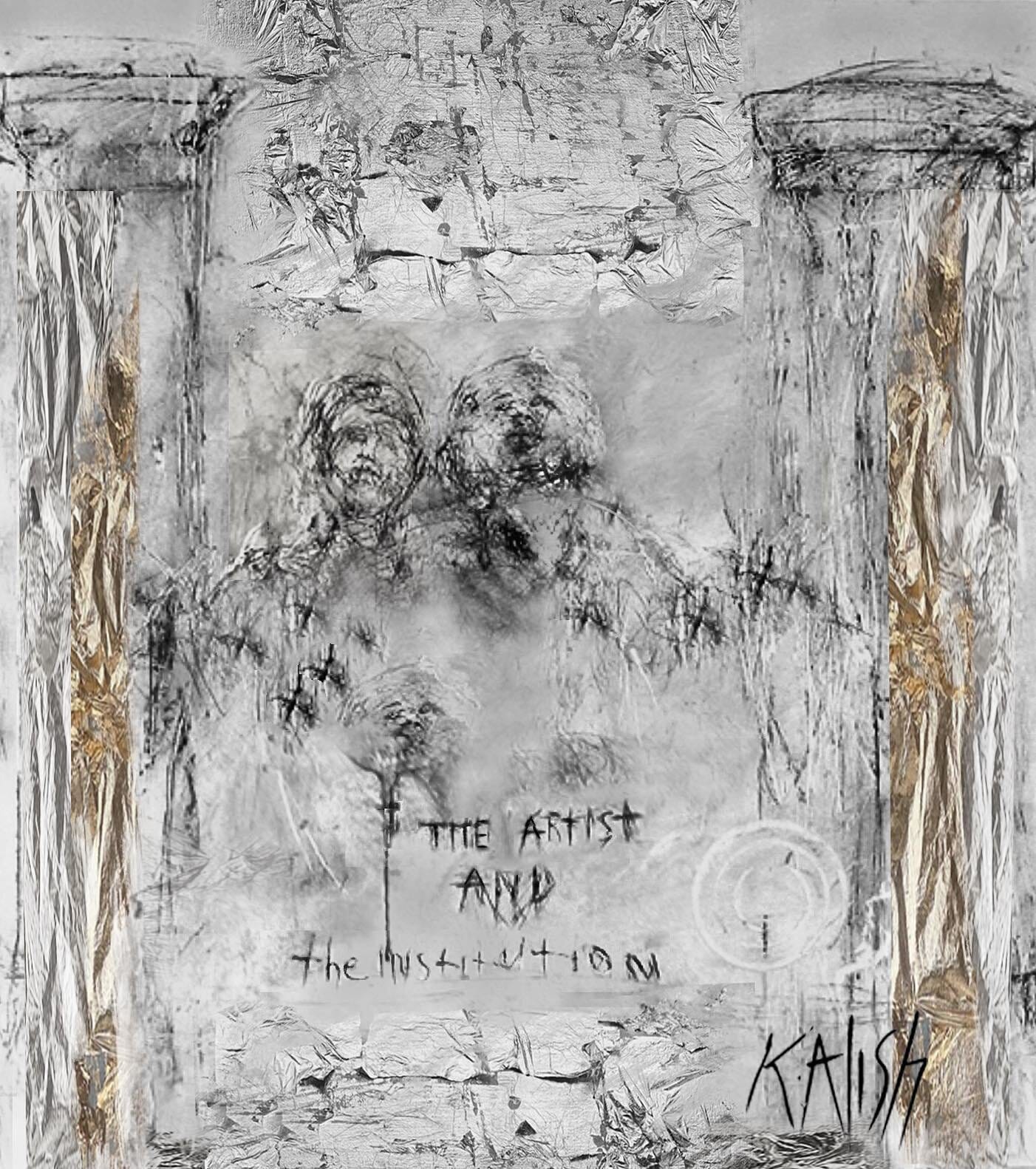THE WORCESTER PHOENIX
JUNKYARD GOD: CAST-OFF ANGELS AND TOYS BECOME KALISH’S TREASURES

By Leon Nigrosh
The notion of time looms large in Marilyn Solomon Kalish’s work—in the conception and in the execution. Each of the nine wall-mounted assemblages, which are currently on display in the ARTSWorcester Gallery at Quinsigamond Community College, appears to have slowly grown from the pages of history almost by themselves.
These works, which look so deceptively simply, were, in fact, quite time-consuming to construct. Kalish spent hours wandering through two “secret” junkyards looking for things, anything that caught her eye. She would often find beauty and significance in cast-off items; and once back in her studio, she began to restore, arrange, and to rearrange her treasures until
they came together. The frameworks were built to exacting specifications, finished appropriately, and then all the disparate parts assembled.
The large centerpiece of the QCC show, Liaison, is so powerful for its combination of textures of soft fabric, smooth slate, and of coarse stone dust. It produces an intimate tête-à-tête between encrusted shards from two ancient chalices (which are actually bits of broken PVC pipe). For Clandestine, Kalish juxtaposed a smooth, slate surface on a plane of roughly scored and tinted-marble dust. On top of this, she has affixed a timeworn, brass effigy of two tiny cherubs posed in a secretive manner.
The most spellbinding works on display are the three wall objects that showcase small, brass, animal figures. Amazing finds in themselves, the figures become icons ensconced in stone-like reliquaries. In Beast of Burden, our attention focuses on a cast, brass replica of an ancient, horse-drawn, covered hansom that is set deep in a crevice cut from a block, roughly skinned with pigmented-marble dust. Presented in a similar context, Rock-Shelter gives the impression that the small, brass bovine with a bell around its neck is a child’s toy resuscitated from some Phoenician burial mound. Nearby, the tiny, brass horse-on-wheels becomes more than an abandoned toy. Peering from its perch, set into a framework of pigmented-marble dust, it has been imbued with the spirit of a Guardian of the Cave. Through her careful attention to detail, Kalish presents these pieces in a calm and spiritual manner. It is as though we are witness to some great archaeological finds whose true meanings have yet to be discovered.
Kalish is also showing some recent works in charcoal and wax on paper. These three, large, inky black “drawings” are so thick with an impasto of wax that they make their references to doorways and to arches in low relief. Shard goes so far that it becomes three-dimensional, with a large segment lifting right off the page to form an open door. An added bonus with these reverently spiritual works is the lingering aroma of the fragrant wax.
The most-recently executed pieces are several charcoal-on-paper drawings that, in some cases, refer to the three-dimensional works. Frankincense, although it looks vaguely like some Italian basilica we should recognize, refers directly to Kalish’s construction Censer by mimicking the brass globe’s cut-out stars and circles in the drawing. The tall, narrow Interior could be a gothic archway or a bower of trees; and the marks in Introspection suggest a wispy figure. Time is also present in these works, but quite speeded up, as the slashing gesture lines attest. The attributes of antiquity and mystery are not present in the drawings as they are in the constructed objects. Speed and gesture cannot replace the real-time thoughtfulness and craftsmanship that infuses an enchanting and timeless quality in Kalish’s objects.
